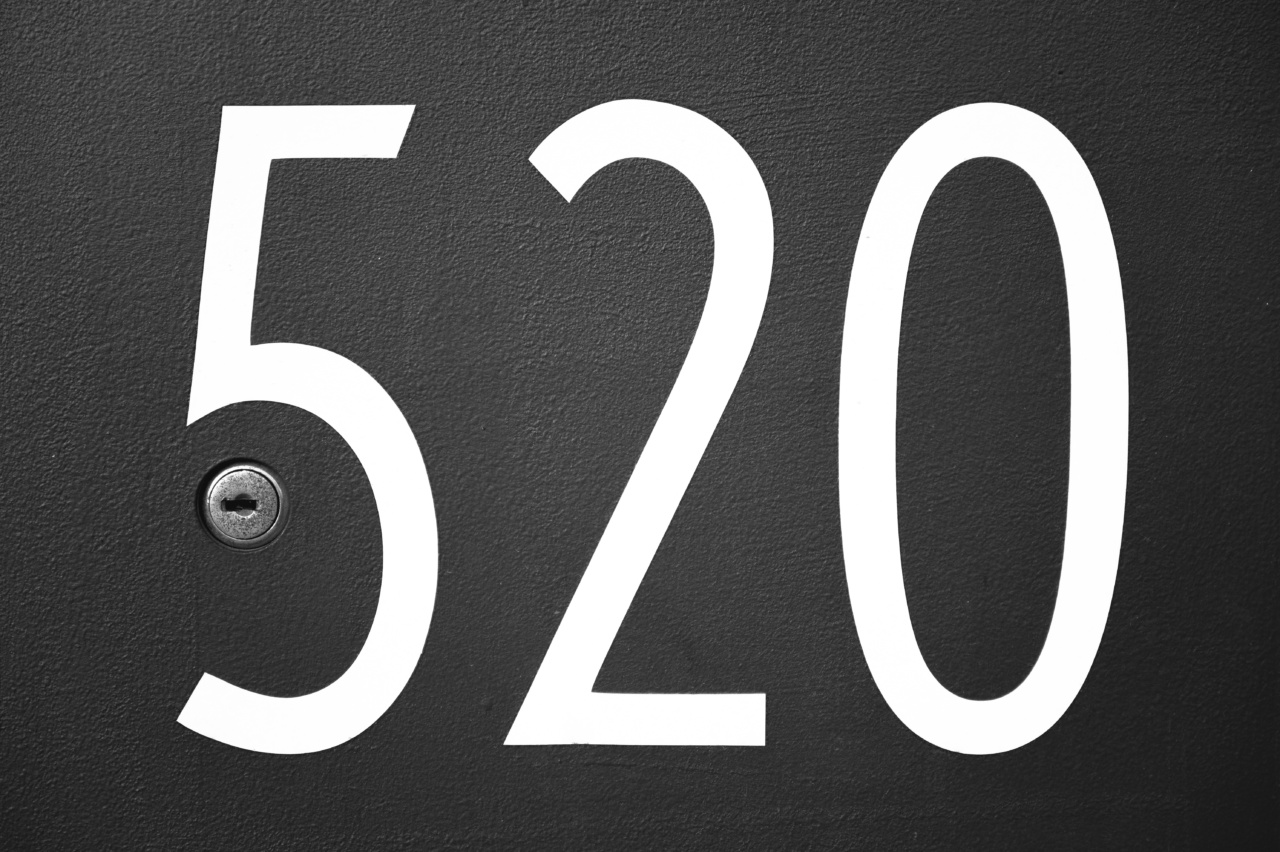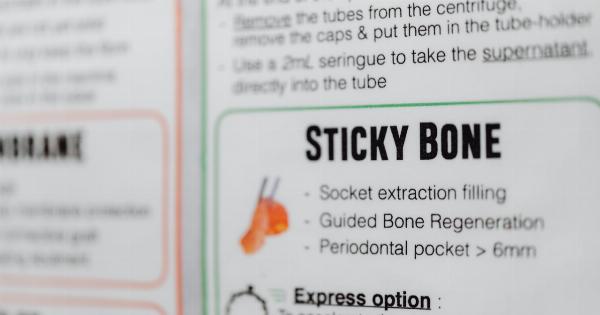When it comes to the health of boys, it is essential to pay attention to every aspect of their well-being, including their private parts.
While most concerns related to boys’ private parts are perfectly normal and commonly experienced during development, there are certain signs and symptoms that may indicate underlying issues. It is crucial for parents and caregivers to be aware of these troubling signs and symptoms to ensure appropriate medical attention and care if necessary.
H2: Common Troubling Signs and Symptoms
While boys’ private parts go through a series of changes during puberty and development, some signs and symptoms may cause concern and require medical evaluation. Here are ten common troubling signs and symptoms:.
H2: 1. Testicular Pain or Swelling
Persistent or severe testicular pain or swelling should not be ignored. It can be caused by various factors such as testicular torsion, epididymitis, or a testicular injury.
Prompt medical attention is necessary to diagnose and treat the underlying cause appropriately.
H2: 2. Urinary Issues
If a boy experiences recurrent urinary tract infections (UTIs) or has difficulty urinating, it could indicate an underlying problem such as an obstruction, infection, or urinary tract abnormality.
These issues may require medical intervention for proper diagnosis and treatment.
H2: 3. Discharge or Odor
Unusual discharge or a foul odor from the private parts may signify an infection or other concerns like a sexually transmitted infection (STI).
Seeking medical advice is essential to identify the cause of the discharge or odor and provide suitable treatment.
H2: 4. Enlarged or Hard Testicles
If a boy’s testicles appear significantly larger or feel hard to the touch, it may indicate a potential issue.
Conditions such as testicular cancer or hydrocele (fluid accumulation around the testicles) can cause these symptoms and should be evaluated by a healthcare professional.
H2: 5. Pain or Burning Sensation During Urination
If a boy experiences pain, a burning sensation, or discomfort while urinating, it could be a sign of a urinary tract infection, bladder infection, or a sexually transmitted infection.
Timely medical assistance is necessary to determine the cause of the symptoms and provide appropriate treatment.
H2: 6. Abnormal Genital Growth
Any abnormal growth or development of the genitals, such as a lump, swelling, or asymmetry, warrants medical evaluation. It can be indicative of various conditions, including genital cysts, tumors, or other concerns that require expert assessment.
H2: 7. Blood in Urine or Semen
Finding blood in urine or semen can be distressing for both boys and their caregivers. Hematuria (blood in urine) or blood in semen can be caused by factors like infection, injury, kidney stones, or even certain cancers.
Immediate medical attention is vital to determine the underlying cause and initiate appropriate treatment.
H2: 8. Delayed or Absent Puberty
Delayed or absent puberty in boys can be a cause for concern and may be indicative of an underlying issue.
If a boy does not show signs of puberty by the age of 14 or has an extremely delayed puberty, it is crucial to consult a healthcare professional to identify the cause and provide appropriate intervention.
H2: 9. Painful Erections
If a boy experiences frequent or persistent painful erections, known as priapism, it requires medical evaluation. Priapism can be caused by various factors, including blood disorders, medications, or underlying health conditions.
Seeking medical advice is essential to determine the cause and prevent potential complications.
H2: 10. Genital Rashes or Sores
Genital rashes or sores should not be ignored, as they may indicate an infection, allergic reaction, or skin condition.
Proper assessment and diagnosis by a healthcare professional are necessary to provide appropriate treatment and prevent any complications.
Conclusion
While some changes and variations in boys’ private parts are entirely normal, certain signs and symptoms should prompt a visit to a healthcare professional.
Early detection and timely intervention can ensure the well-being and proper development of boys’ private parts. Caregivers and parents must remain vigilant to identify any troubling signs and symptoms and promptly seek medical guidance when necessary.





























